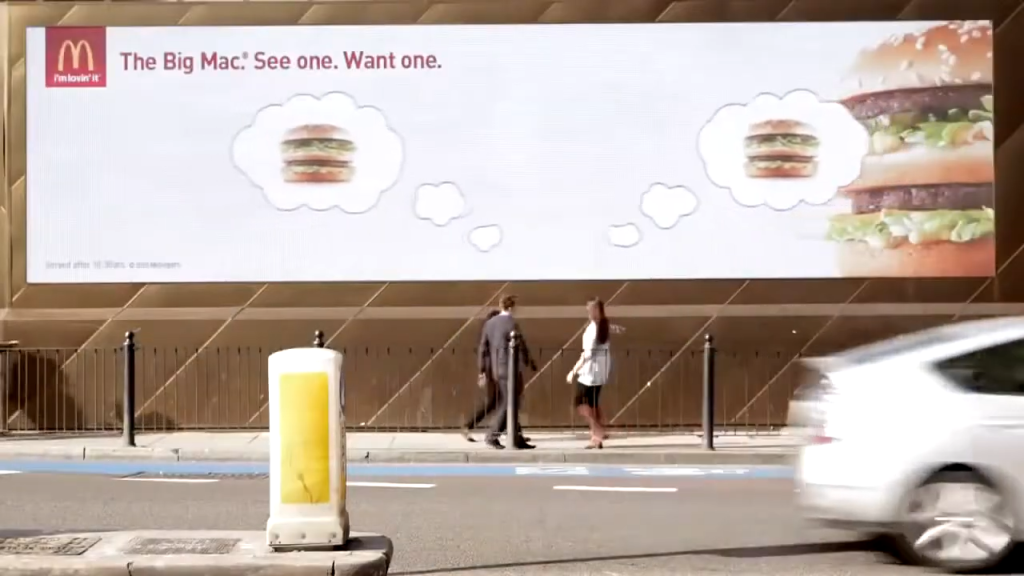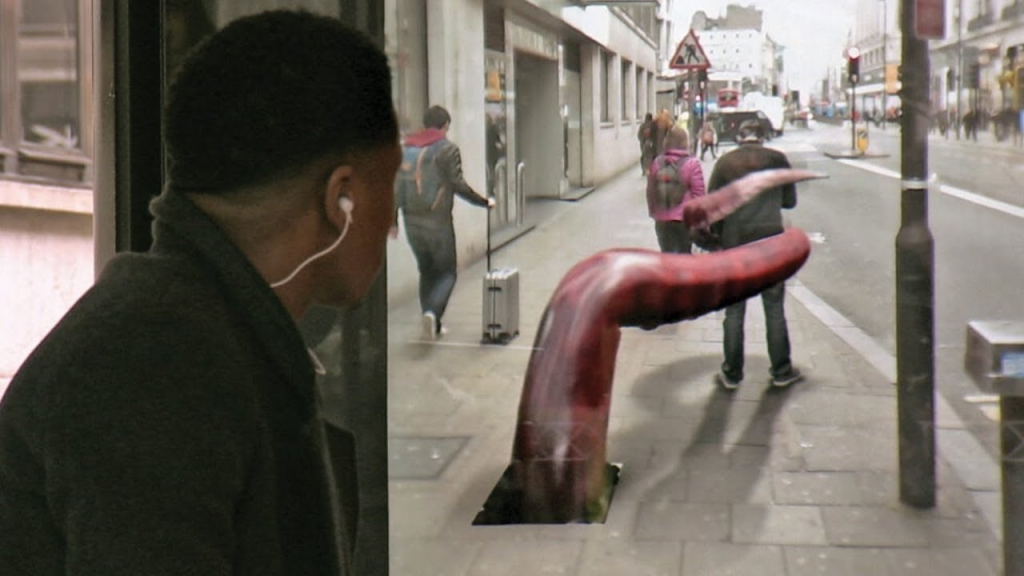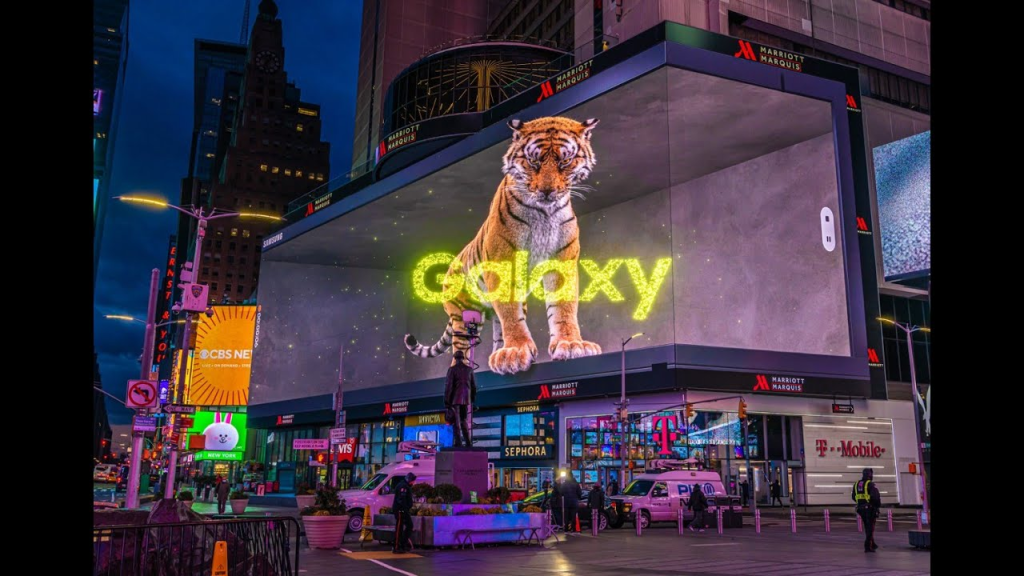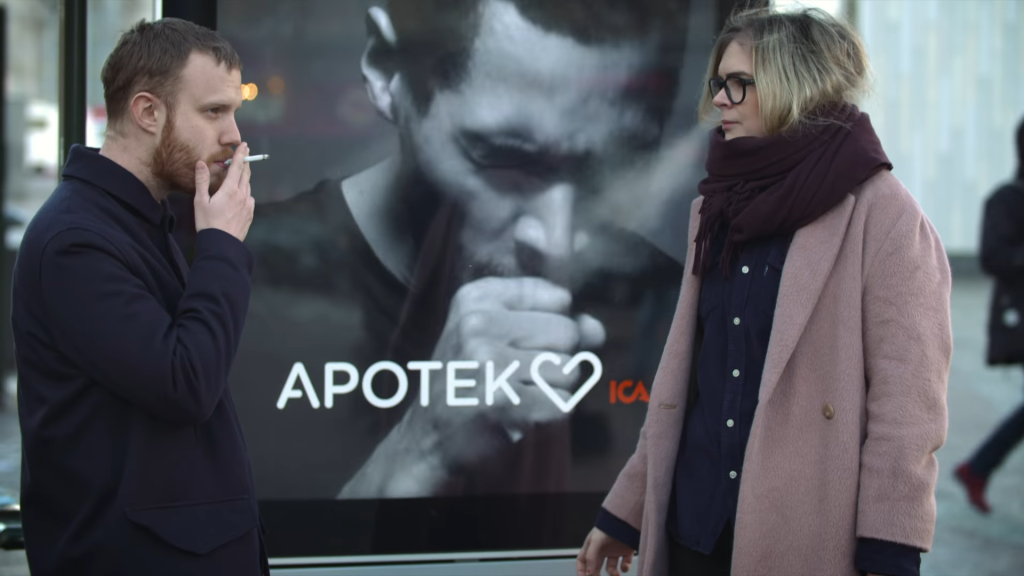
Digital Out-of-Home (DOOH) advertising is a growing trend that uses digital screens to deliver targeted content to a wide audience in public spaces. It’s a versatile and powerful way to reach potential customers, whether they’re walking through Times Square or waiting for a bus. Let’s dive into these eight examples that demonstrate the effectiveness of DOOH advertising.
The Power of DOOH Advertising
Before we delve into specific examples, it’s important to understand why DOOH is so effective. According to a study by The Harris Poll, DOOH advertising offers a clear pathway to increased foot traffic, heightened brand visibility, enhanced customer engagement, and increased sales. This is largely because of its ability to deliver dynamic, contextually relevant content to audiences in real-time.
Now that we have a grasp of the power of DOOH advertising, let’s explore eight examples that highlight its potential to transform your campaigns.
1. McDonald’s Big Mac Campaign: “See one. Want one.”

MC Donalds ran a campaign using a digital billboard that detected when a person passed underneath and projected a thought bubble with a Big Mac inside. This fun campaign brightened up the day of everyone who came across this billboard and was certainly memorable.
2. Shadowhunters Augmented Reality Bus Stop

Grand Visual
Using screens instead of glass at bus stops, marketing agency Grand Visual used a camera to film the other side of the street while projecting visual effects from the Shadowhunters series. His campaign scared people a lot, but everyone took it as a joke and had their days a little more fun.
3. British Airways: #LookUp Campaign

British Airways’ #LookUp campaign is a stellar example of using DOOH for real-time engagement. The campaign featured digital billboards that displayed live flight information. When a British Airways flight flew overhead, the billboard would show the flight number and its destination. This clever use of technology created a memorable experience for viewers and highlighted the airline’s extensive network.
4. McDonald’s: Weather-Responsive Ads

McDonald’s took a creative approach with their weather-responsive DOOH campaign. Their digital billboards displayed different messages based on the weather conditions. For example, on hot days, they promoted their cold beverages, while on rainy days, they advertised hot coffee. This strategy ensured that their ads were always relevant to the current environment, thereby increasing engagement and sales.
5. Pepsi Max: #LiveForNow

Pepsi Max’s #LiveForNow campaign utilized DOOH to create an interactive experience. They set up digital billboards that responded to the movements of passersby, creating an engaging and fun experience. This innovative approach not only captured attention but also encouraged people to interact with the brand, thereby increasing brand recall and loyalty.
6. Samsung 3d billboard

Samsung created a 3d billboard in partnership with the advertising agency “Cross Shinjuku Vision”. These billboards use perspective to make their advertisements come to life and “escape” from the screens. This immersive experience is perfect for gaining people’s attention in areas where there are a lot of advertisements.
7. La Redoute Real Time Weather

Fashion company La Redoute has developed several different weather-based billboards and synced them to change as the weather changes in real time. This strategy, in addition to making the model look alive, advertises clothes that match the situation of the person passing by the billboard.
Source: LinkedIn
8. Apoteket Hjärtat Anti-Smoking Billboard

The Swedish pharmaceutical company apoteket hjärtat has positioned DOOH with smoke detectors in areas where there are many smokers. Whenever the smoke detector was activated, the man standing inside the billboard would start coughing, when he stopped products to help people stop smoking were displayed on the billboard.
Source: AirDroid Blog
FAQs About DOOH Advertising
How effective is DOOH advertising?
DOOH advertising is highly effective. According to a Harris Poll study, it offers a clear pathway to increased foot traffic, heightened brand visibility, enhanced customer engagement, and increased sales.
Why should businesses consider DOOH advertising?
Businesses should consider DOOH advertising because it offers dynamic, real-time engagement with audiences, increased brand visibility, and the ability to deliver contextually relevant content. Additionally, studies have shown that DOOH advertising drives higher favorability and action among consumers compared to other media. Source.
Conclusion
DOOH advertising is a powerful tool that can transform your marketing campaigns. From engaging interactive experiences to contextually relevant messaging, the possibilities are endless. By leveraging the examples we’ve explored, you can create impactful DOOH campaigns that resonate with your audience and drive results.
Thank you for taking the time to read this blog post. We hope you found it insightful and that it provides you with the inspiration you need to boost your own advertising campaigns. If you would like to know more about this subject, please contact us.




